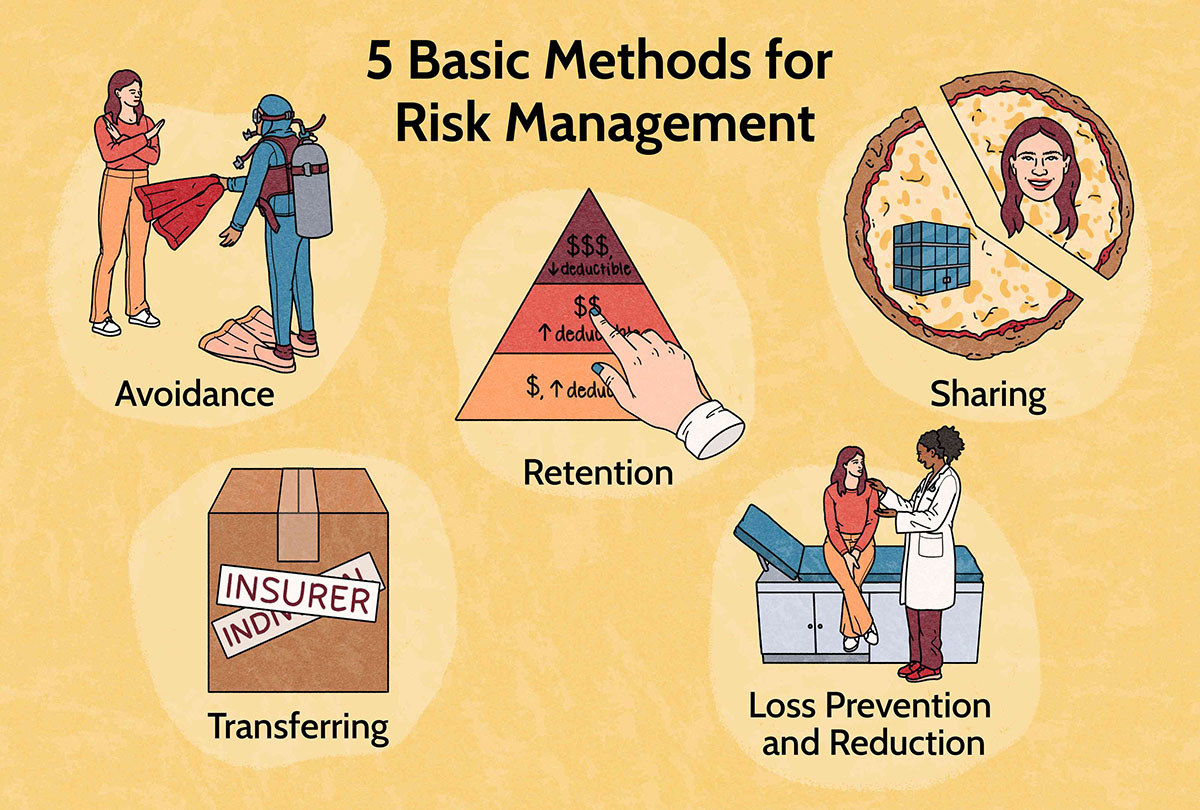Home>Finance>Model Risk: Definition, Management, And Examples


Finance
Model Risk: Definition, Management, And Examples
Published: December 26, 2023
Learn about the definition, management, and examples of model risk in the field of finance. Gain valuable insights to effectively mitigate risks and navigate the complexities of financial modeling.
(Many of the links in this article redirect to a specific reviewed product. Your purchase of these products through affiliate links helps to generate commission for LiveWell, at no extra cost. Learn more)
Unlocking the Mystery of Model Risk: Definition, Management, and Examples
In the fast-paced world of finance, risk management is paramount. From market volatility to credit defaults, financial institutions face a plethora of risks that can impact their stability and profitability. One often overlooked risk, however, is model risk. So, what exactly is model risk and how can it be managed effectively? In this blog post, we will delve into the definition of model risk, explore strategies for its management, and provide real-world examples to help you gain a deeper understanding.
Key Takeaways:
- Model risk refers to the potential for errors, biases, or limitations in financial models that can lead to incorrect or misleading outcomes.
- Effective management of model risk involves rigorous validation, continuous monitoring, and robust governance processes.
Defining Model Risk
In the realm of finance, models play a vital role in decision-making processes. These models help in forecasting market trends, estimating asset valuations, and assessing risk exposures, among other things. However, models are only as good as the data and assumptions they are based on. Model risk arises when these models fail to accurately represent the complexities of the real world, leading to flawed conclusions or decisions.
Model risk can be categorized into two main types: implementation risk and validation risk. Implementation risk refers to errors or issues in the coding, calculations, or technical aspects of a model. Validation risk, on the other hand, involves the failure to adequately assess and validate models’ assumptions, inputs, and outputs.
Managing Model Risk
Managing model risk requires a systematic and proactive approach to ensure the accuracy and reliability of financial models. Here are some key strategies for effective model risk management:
- Robust Validation: Conduct thorough and independent model validation to ensure that models are appropriate for their intended purpose. This involves assessing the model’s assumptions, limitations, and data quality.
- Continuous Monitoring: Implement ongoing monitoring processes to detect any changes in the model’s performance or suitability. Regularly review input data, assumptions, and model outputs to identify potential issues or anomalies.
- Transparent Governance: Establish clear governance structures and policies to enhance accountability and oversight. This includes defining roles and responsibilities, establishing model risk committees, and documenting model governance processes.
- Qualified Expertise: Ensure that individuals involved in model development, validation, and monitoring possess the necessary expertise and experience. This helps to minimize biases, errors, and blind spots that may arise during the modeling process.
- Adaptive Frameworks: Implement dynamic frameworks that can adapt to changing market conditions, regulatory requirements, and technological advancements. Regularly update models and review their performance against updated benchmarks and market standards.
Real-World Examples of Model Risk
To illustrate the significance of model risk, let’s explore a couple of real-world examples:
- Financial Crisis of 2008: One of the most notable examples of model risk was the financial crisis of 2008. Many financial institutions relied heavily on complex models to assess the risks associated with mortgage-backed securities. However, these models failed to capture the underlying risks and vulnerabilities, leading to severe financial losses.
- Flash Crash of 2010: Another example of model risk occurred during the flash crash of 2010. High-frequency trading algorithms, based on intricate mathematical models, played a significant role in the sudden market downturn. These models failed to account for extreme market conditions, resulting in a rapid and drastic drop in prices.
In conclusion, model risk poses a significant challenge to financial institutions, making it crucial to understand this risk and implement effective management strategies. By adopting robust validation processes, continuous monitoring, transparent governance, and qualified expertise, organizations can mitigate the impact of model risk and make more informed decisions. Remember, models are valuable tools, but they must be approached with caution and skepticism to avoid falling victim to their inherent limitations.














